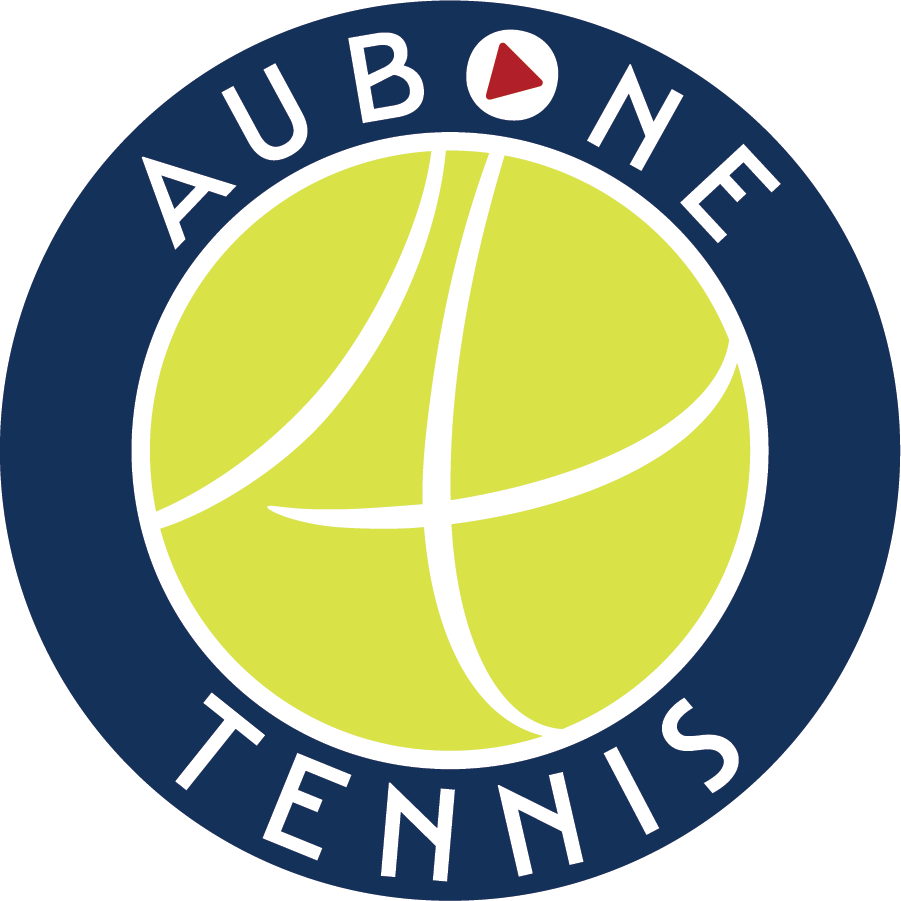Redefining What A Weapon In Tennis Is
When we think of the word weapon in tennis, we’ve been trained to think of a powerful weapon. A big forehand. A monster serve. The ability to finish points at the net. Something that can overpower your opponent, and take the racket out of their hand.
I’d like to redefine that that.
I’d like to redefine the definition and interpretation to be that a weapon is anything that can disrupt your opponent’s game. That can be a great drop shot. A nasty slice. Beautiful angles. The ability to put 7 millions balls in play and outlast your opponent. The ability to read that your opponent actually has a great backhand, and you need to hit to their forehand, i.e. match awareness and strategy skills.
Anything that can frustrate your opponent, and make them play worse, should be defined as a weapon. And yes, this includes powerful shots.
Many kids fail to maximize their potential because we put too much emphasis on developing weapons that have the ability to hit amazing winners that ohhh and ahhhh people, and not enough time on weapons that require ball control skills, patience, and strategy skills.
And unfortunately those skills (ball control/patience/strategy) serve as the foundation junior tennis players need to build their powerful weapons on in the first place.
Think about it, in order to be successful at hitting with power, a player needs to first develop the skills to control the ball around the court at a comfortable pace. If they cannot do that, there’s no way they can do it at a higher speed.
Patience. If a player can’t choose their opportunities on when to play with more power correctly, they’ll go for at the wrong times, increasing their unforced effort count, as well as their chances of losing.
Strategy skills. Even if a player has the ball control skills to place the ball well with power, and the patience to wait for the best opportunity to play offense, if they hit the ball to their opponents strength, and not their weakness, the chances increase that their original shot is going to come back as strong if not stronger than they originally hit it!
And when I think about my time working with different players, I can’t remember a player who couldn’t make 30 balls in a row, on a reliable basis, to different spots on the court, yet somehow have the ability to hit max power with enough consistency that they win matches.
And rather than working on the foundational skills, they’ll just work on blasting the ball, hoping that one day they get good enough at it that they don’t have to worry about the ball coming back. They’ll just wake up and have the ability to smack it away within the first shot or two.
“It’s more fun that way!” they say.
“I just lose my patience” is another comment.
“I hate playing pushers” is the most popular one.
Well these players need to wake up to reality and get over what they feel or aren’t good at doing, and focus on improving the foundational things the game requires a high performance player to be great at. Because on their way to this la la land where they finally connect and hit more winners than unforced errors, they’ll lose so many matches that they’ll have no belief they can actually become a great player. Their rate of improvement will slow down. They’ll lower their goals, and might end up quitting competitive tennis altogether.
So if you’re working with a high performance player, it is of utmost importance that they develop the ability to be incredibly consistent, control the ball to all spots of the court with topspin and slices, and understand how to make adjustments in the middle of the match.
This should happen BEFORE crushing winners and massive serves that break the radar gun are developed.
If a player is developed this way, they’ll be best setup to have an amazing career.
